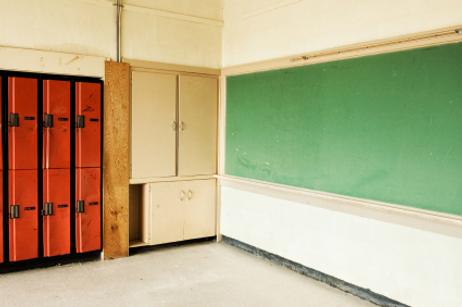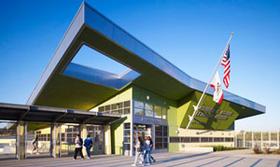Brevard County is making some tough decisions for the upcoming school year, including the closures of some Florida schools. According to the Brevard School Board, the decisions are purely financial, as the district struggles to overcome a $30 million shortfall. However, proposed closures have failed to make much of a dent in that massive shortfall, and the controversy generated by the closures may be far-reaching regarding who will keep their seats on the board in upcoming elections. Despite the protests of students, parents, and teachers, it appears that Brevard County will follow through with school closure plans.
Three Schools to Close in Brevard
WFTV reports that the Brevard County School Board has officially voted to close three schools in the county next year. The three schools on the list include South Lake Elementary, Gardendale Elementary, and Clearlake Middle School. Another school that had been on the proposed chopping block, Sea Park Elementary, was allowed to remain open by a narrow 3-2 vote in its favor. South Lake Elementary and Gardendale both lost the votes to remain open by 3 to 2. Board members voted 4-1 to close Clearlake Middle School.
Some parents with students at the school took the closure news very hard – with some reacting emotionally at the school board meeting and others vowing to fight for their neighborhood schools.
“I will make it my passion for the next two years to make sure everybody who voted to these





















